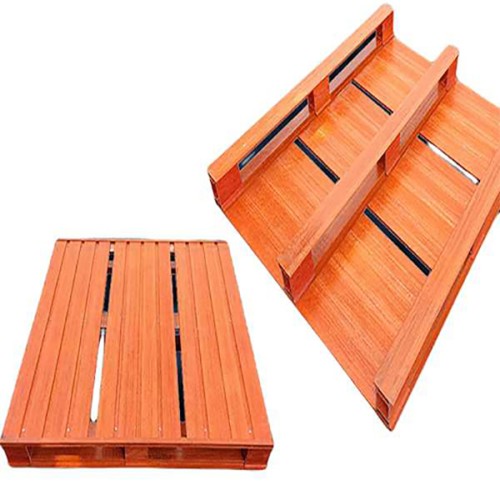Fiberglass Pallet: Durable, Lightweight, and Corrosion-Resistant Solutions
What Is a Fiberglass Pallet?
A Fiberglass Pallet (also known as an FRP pallet or composite pallet) is a heavy-duty platform engineered for transporting, storing, and organizing goods. Unlike traditional wood or plastic pallets, these pallets use fiberglass-reinforced polymers (FRP) for unmatched strength-to-weight ratios. Industries favor them for their resistance to moisture, chemicals, and extreme temperatures, making them ideal for logistics, food processing, and pharmaceutical sectors.
Manufacturing Process of FRP Pallets
Fiberglass pallets undergo a meticulous pultrusion or molding process. Manufacturers layer fiberglass strands with thermosetting resins, then cure the composite under controlled heat. This creates a non-porous, monolithic structure free from joints or weak points. The result? A corrosion-resistant pallet that withstands harsh environments without warping, rotting, or rusting.
Key Classifications and Specifications
Fiberglass pallets come in multiple configurations:
- Static load capacities: Ranging from 1,500 lbs to 10,000+ lbs.
- Dimensions: Standard ISO sizes (48"x40") or custom designs.
- Surface textures: Smooth, anti-slip, or grated surfaces for specialized applications.
Compared to steel pallets, FRP alternatives reduce weight by 40–60%, simplifying handling while maintaining durability.
Applications of Composite Pallets
From cold storage pallets to chemical-resistant logistics platforms, fiberglass pallets excel where traditional materials fail. Their non-conductive properties make them safe for electrical components, while USDA/FDA compliance ensures hygiene in food processing. Industries like aerospace and automotive also use FRP pallets for equipment transport due to their static-free nature.
Fiberglass vs. Wood/Plastic Pallets
- Longevity: Fiberglass lasts 8–10x longer than wood and 3–5x longer than plastic.
- Cost efficiency: Lower lifetime costs despite higher upfront investment.
- Sustainability: Fully recyclable and free from toxic treatments.
Unlike plastic pallets, FRP variants resist UV degradation and won’t splinter like wood.
Installation and Maintenance Tips
Installing industrial fiberglass pallets requires no specialized tools. Use forklifts or pallet jacks as usual. For maintenance, rinse with water or mild detergents—no oiling or sealing needed. Avoid abrasive cleaners to preserve the surface.
Why Choose Fiberglass Pallets?
Opt for lightweight fiberglass pallets to cut shipping costs, enhance workplace safety, and comply with stringent industry standards. Their versatility and adaptability make them a future-proof investment for scalable operations.

